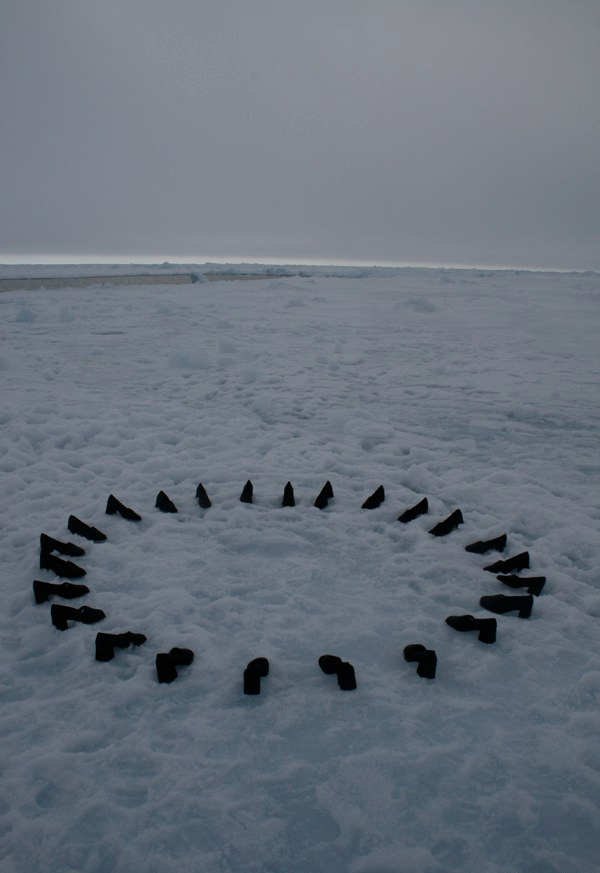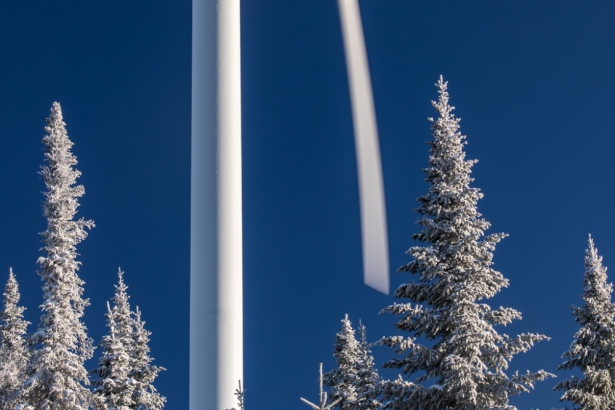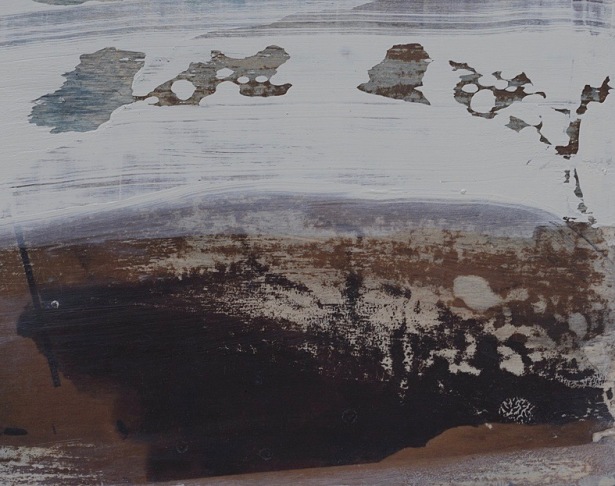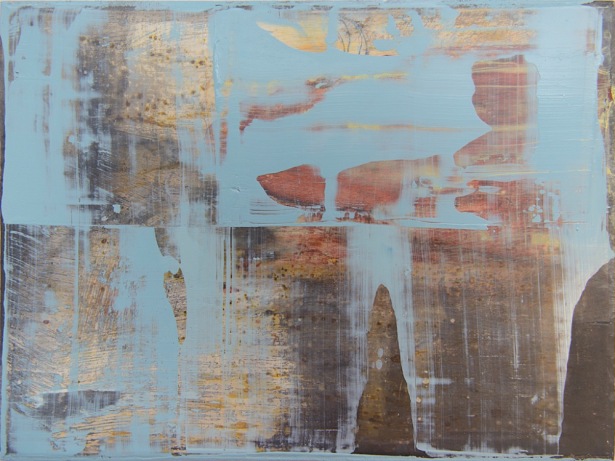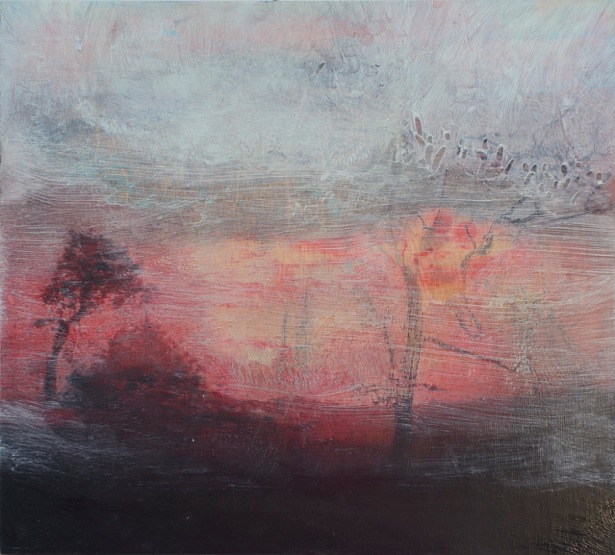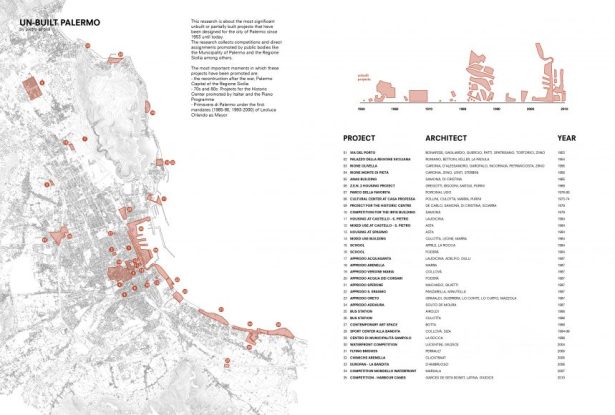This post comes from Creative Carbon Scotland
Creative Carbon Scotland is looking for a talented and enthusiastic individual to join their team to assist in the collection and analysis of the first Carbon Management Plans of Creative Scotland’s 121 Regularly Funded Organisations.
Carbon Management Planning Officer
Reports to:Â Ben Twist, Director, Creative Carbon Scotland
Salary: £25,000 pro rata (2 days per week/0.4FTE) for 16 weeks, resulting in a rate of £192/week or £12.82/hour)
Application deadline:Â Midnight, Sunday 29 July
Start date: Monday 3 September or as soon as possible thereafter
Carbon Management Planning
121 organisations currently receiving Regular Funding from Creative Scotland, Scotland’s development body for the arts, screen and creative industries, are for the first time required to develop and submit a Carbon Management Plan by September this year. Creative Carbon Scotland has provided advice and training to the Regular Funded Organisations (RFOs) and we will now manage the submission process, and this will include analysis of plans and provision of feedback to the submitting organisations and to Creative Scotland. Â
The Carbon Management Planning Officer will be responsible for ensuring the smooth operation of the submission process and will lead on the analysis and feedback, working with our Carbon Reduction Project Manager. They will be given full training and an opportunity to contribute to the design of the submission and analysis process for this world-leading requirement. Feedback sessions with submitting organisations will be interactive and will provide an excellent opportunity for the appointee to learn about Scotland’s creative sector and strengthen their knowledge of practical carbon management by SMEs.Â
Background  Â
Creative Carbon Scotland – a charity initiated by Festivals Edinburgh and founder members the Federation of Scottish Theatre and Scottish Contemporary Art Network – is working to help shape a sustainable Scotland. Â
Our vision is of a Scotland where the essential role of culture in the transformational change to a sustainable future is fully recognised, developed and utilised by both the cultural and the sustainability worlds. Â
Our mission is to connect the Cultural Sector with others working towards transformational change in society’s thinking on climate change.Â
Job Description Â
Main purpose of job:
- To lead the submission process, receipt and analysis of and reporting on Carbon Management Planning reports from 121 organisations receiving Regular Funding from Creative ScotlandÂ
Responsibilities:Â
The post holder will be responsible for Â
Tracking and reviewing submissions (15%) by Â
- Ensuring Carbon Management plans are received from all Regular Funded Organisations and follow up late submissionsÂ
- Reviewing all Carbon Management Plans against agreed criteria to categorise the level of feedback required, from 1 (satisfactory) to 4 (non-compliant)
- Providing acknowledgement and feedback with suggestions for further action
- Recording resulting advice on further action required.Â
Analysing data (20%) on response tracking spreadsheet to calculate compliance rates, types of plan submitted, proposed emissions and cost savings.Â
Preparation of reports (20%) on the result of data analysis for Creative Scotland’s technical teamÂ
Disseminating report findings (10%) through: Â
- executive summaries for key, partners, stakeholders and participants;Â
- resource publishing on the Creative Carbon Scotland websiteÂ
- news blog and associated social media using the Creative Carbon Scotland online platforms.Â
- Liaising with Creative Scotland’s and Creative Carbon Scotland’s communication teams to support communication to the wider Creative sectorÂ
Post submission support (25%)
- Providing support to Regular Funded Organisations categorised in groups 3 and 4 through telephone calls or webinarsÂ
Taking part in internal and external meetings (10%) to report on progress and contribute to this area of work Â
Person SpecificationÂ
Essential characteristics
- A good understanding of Carbon Management Â
- Ability to use Excel to analyse data and create reportsÂ
- Excellent written and oral communication skills, including presenting to audiencesÂ
- A high degree of numeracyÂ
- Ability with Microsoft programmes including Access/Powerpoint/MS Office/Outlook/SharepointÂ
- Facility with common online tools Including Mailchimp, Survey Monkey, Doodle Â
- Ability to run online meetingsÂ
- Ability to make a strong contribution to the Creative Carbon Scotland teamÂ
- Flair and imaginationÂ
Desirable characteristicsÂ
- Knowledge of the cultural sectorÂ
- Knowledge of the sustainability and climate change sectorÂ
- Knowledge of behaviour change Â
- Familiarity with Wordpress content development Â
How to apply
Please send a CV with a covering letter explaining why you would like to work in this role for Creative Carbon Scotland, clearly evidencing how you fit the person specification, saying where you found out about the job and confirming that you have completed the Equal Opportunities Monitoring Survey (see below). Applications must be sent by email to ben.twist@creativecarbonscotland.com by midnight on Sunday 29 July.
Interviews will be held on Friday 3 August in Edinburgh and the appointee would need to be available to start by the first week of September.
For an informal conversation about the job please contact Ben Twist on the address above or call 0131 529 7909.
Equalities
Creative Carbon Scotland is committed to equalities and welcomes applications from all qualified candidates: we will make reasonable adjustments where necessary to enable people with particular needs or requirements to work with us. Our Equal Opportunities Policy is available on our website.  Please complete the Equal Opportunities Monitoring survey here and confirm that you have done so in your application – this is anonymous and the information provided will not affect your application in any way.
The post Opportunity: Carbon Management Planning Officer at Creative Carbon Scotland (Temporary, 2 days per week) appeared first on Creative Carbon Scotland.
Creative Carbon Scotland is a partnership of arts organisations working to put culture at the heart of a sustainable Scotland. We believe cultural and creative organisations have a significant influencing power to help shape a sustainable Scotland for the 21st century.
In 2011 we worked with partners Festivals Edinburgh, the Federation of Scottish Threatre and Scottish Contemporary Art Network to support over thirty arts organisations to operate more sustainably.
We are now building on these achievements and working with over 70 cultural organisations across Scotland in various key areas including carbon management, behavioural change and advocacy for sustainable practice in the arts.
Our work with cultural organisations is the first step towards a wider change. Cultural organisations can influence public behaviour and attitudes about climate change through:
Changing their own behaviour;
Communicating with their audiences;
Engaging the public’s emotions, values and ideas.








